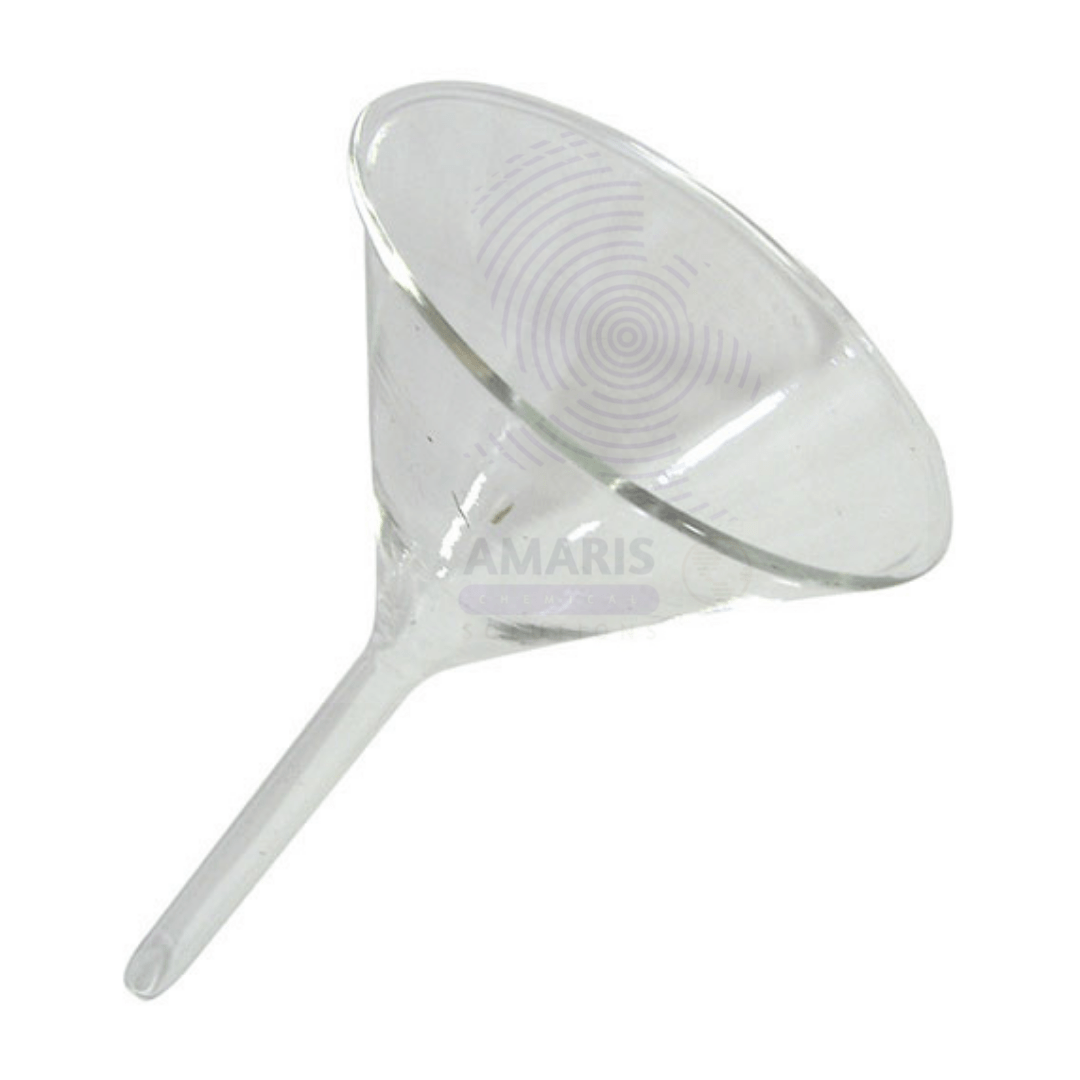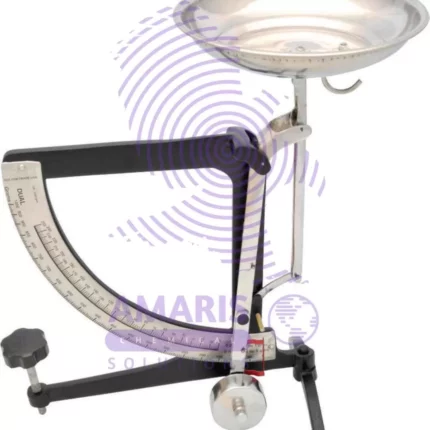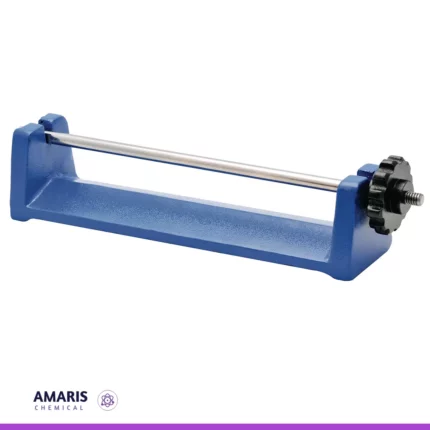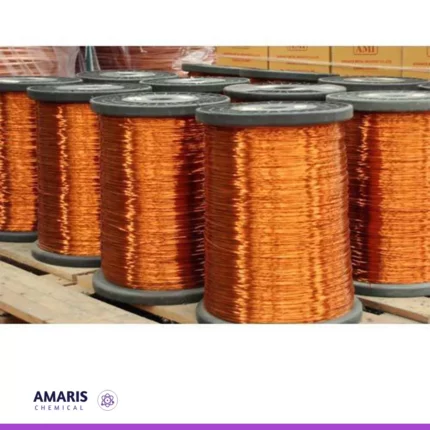

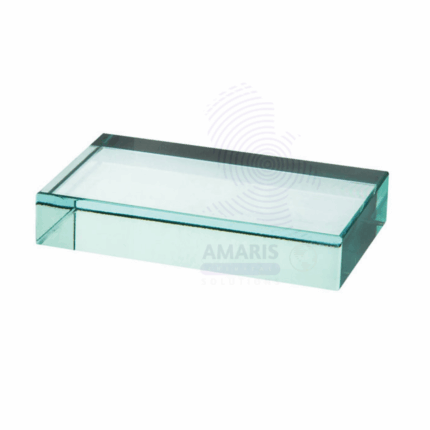
Rectangular Glass Block
KSh500.00 Original price was: KSh500.00.KSh400.00Current price is: KSh400.00.
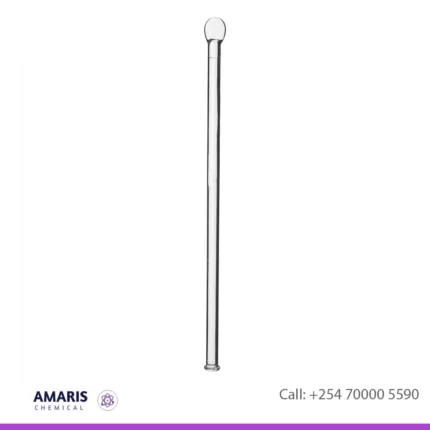
Glass Stirring Rod
KSh500.00 Original price was: KSh500.00.KSh450.00Current price is: KSh450.00.
Glass Funnel
KSh250.00 Original price was: KSh250.00.KSh200.00Current price is: KSh200.00.
Whatsapp Order
A glass funnel is a laboratory apparatus used to transfer liquids or fine-grained substances into containers with narrow openings. Here are some key details about a glass funnel:
Description
- Material: Typically made of borosilicate glass, which is resistant to thermal shock and chemical corrosion.
- Shape: Consists of a conical upper section (the wide part) and a cylindrical lower section (the narrow stem).
- Size: Comes in various sizes, typically described by the diameter of the top opening and the length of the stem.
SKU:
ACS87931CHEM0
Category: LABORATORY EQUIPMENT & APPARATUS
Description
Uses of Glass funnel
- Liquid Transfer: Used to pour liquids into containers with small openings to avoid spills.
- Filtration: Often used with filter paper to separate solids from liquids.
- Powder Transfer: Helps in transferring powders without spilling.
Related products
Balance lever
KSh0.01
The best definition of a balance lever is a simple machine that consists of a rigid bar or beam that pivots around a fixed point called the fulcrum. It is used to compare the weights or forces of two objects and determine if they are in equilibrium (balanced) or if one side is heavier than the other (unbalanced).
The balance lever operates on the principle of torque, where the torque (rotational force) exerted on one side of the fulcrum is equal to the torque on the other side when the system is in equilibrium. This principle is expressed by the formula: Torque = Force × Distance from fulcrum.
By placing known masses or weights on one side of the lever and an unknown weight on the other side, the balance lever can be used as a weighing scale. When the lever is in balance, the two sides are equal in weight or force. This concept has been widely used in various applications, from traditional weighing scales to more complex systems like seesaws or construction equipment.
bare enamelled copper wire
KSh0.01
bell in vacuum
KSh0.01
A "bell in vacuum" apparatus is a scientific setup used to demonstrate the effects of reduced air pressure (vacuum) on sound transmission. It typically consists of a bell or sound-producing object enclosed within a sealed chamber from which air has been removed, creating a low-pressure environment. This apparatus is designed to illustrate how sound travels differently in a vacuum compared to in normal atmospheric conditions, highlighting the role of air molecules in sound propagation.
Bell Jar with knob
KSh0.01
The best definition of a bell jar apparatus is a scientific instrument used in laboratories to create a controlled environment for various experimental purposes, such as studying the behavior of gases, conducting vacuum experiments, or demonstrating principles of physics and chemistry. It consists of a glass or transparent plastic container shaped like a bell, which can be sealed to create a vacuum chamber. The apparatus allows researchers to manipulate and observe the interactions of substances or objects within the vacuum or controlled atmosphere, often enabling investigations that wouldn't be possible under standard atmospheric conditions.
Blotting paper
KSh0.01
Blotting paper is a highly absorbent and thin sheet of paper, typically made from materials like cotton, linen, or other plant fibers. It is designed to quickly absorb excess liquids, such as ink, oil, or moisture, from various surfaces without smudging or smearing the substances. Blotting paper is commonly used to remove excess ink from a freshly written page, absorb oil from the skin without disturbing makeup, or dry wet items. It is often found in office settings, art studios, and cosmetic applications due to its efficient absorption properties.



 LABORATORY EQUIPMENT & APPARATUS
LABORATORY EQUIPMENT & APPARATUS
 Fertilizers
Fertilizers Plant Growth Regulators
Plant Growth Regulators Soil Conditioners
Soil Conditioners Animal Feed Additives
Animal Feed Additives Biostimulants
Biostimulants Dough Conditioners
Dough Conditioners Flour Treatments
Flour Treatments Fat Replacers
Fat Replacers Preservatives (baking)
Preservatives (baking)
 Surfactants (cleaning)
Surfactants (cleaning) Builders
Builders Bleaching Agents
Bleaching Agents Enzymes
Enzymes Solvents (cleaning)
Solvents (cleaning) Fragrances
Fragrances

